BRAINDEAD. Peter Jackson’s tasteful bad taste
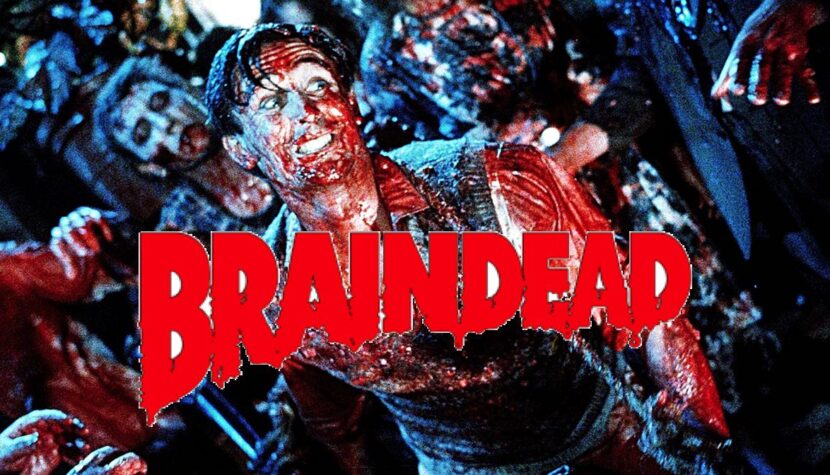
Braindead made its way onto VHS tapes with the most absurd tagline on the cover: “Horror ’93 – surpassed Candyman and Ticks.” Candyman was indeed a fairly fresh concept in the early nineties, but surpassing Ticks? On the other hand, with Friday the 13th IX or Karle, the competition in 1993 couldn’t have been that tough…
The trailers placed at the beginning of the tape with Braindead traditionally had nothing to do with the film, and each of these productions is completely forgotten today – Where the Day Takes You, Flight of the Innocent, Midnight Terror, and In the Line of Duty: Ambush in Waco whose announcement was probably written by a ten-year-old. “Welcome to a film purchased by the world’s largest television networks. The best film of the last four years, the best reviews in the press and on television, we invite you to watch the film” – well… you can find it on IMDB and all those “best reviews” encouraged 750 people to rate it.
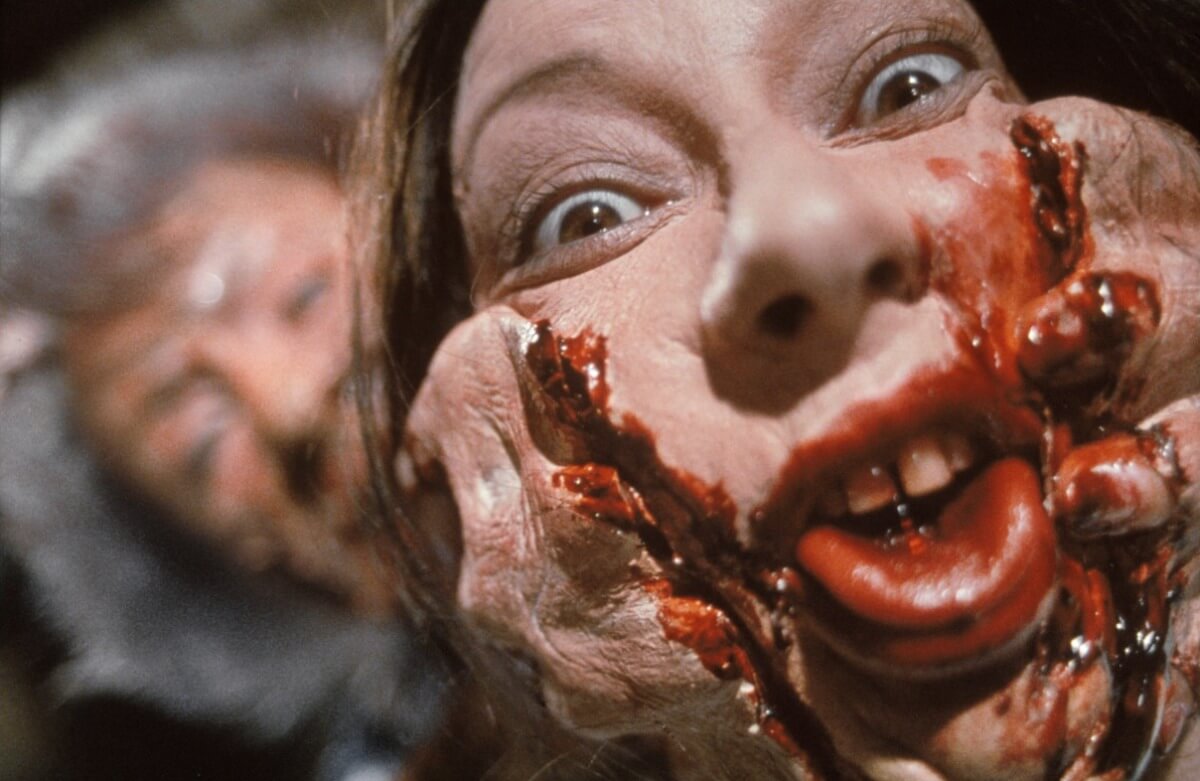
Fortunately, the distributor rose to the occasion (although I suspect quite accidentally), and I had a chance to watch a British version of the film, which includes the complete one hundred three-minute version, instead of the American one, first shortened to ninety-seven minutes and then to eighty-five minutes. “The film is extremely terrifying, disgusting, macabre, dirty, repulsive, and disgraceful. It is practically impossible to describe the contained bloody violence and cannibalism. It should also be noted that there is no redeeming factor for the crimes committed,” argued officials from the South African Committee of Publications, and I’m not going to argue with them. Each of the terms they used is true. They did a good, reviewing job, but after all, none of you, consciously choosing to read an article about a film titled Braindead can be discouraged by that.

Peter “can’t-handle-a-high-budget” Jackson is responsible for the direction – for many, primarily known as the herald of J.R.R. Tolkien’s vision and his earthly stewart, who breathed new life into The Lord of the Rings in great style, as well as committed a spectacular trilogy about walking, stimulating the fantasies of Nordic walking enthusiasts worldwide – The Hobbit. Watching his early work today, you can spot many curiosities from his later mainstream career. For example, the initial scenes – the action takes place on Skull Island, now obviously associated with King Kong. This is not a coincidence; Jackson loves the story of the king of apes, and shortly after achieving commercial success, he decided to create his own version, unfortunately, a very mediocre one (yes, the three-hour one where Jack Black tried to be serious). King Kong included a reference to Braindead – one of the cargoes transported by the ship carrying Kong has the inscription “Sumatran Rat-Monkey – Caution, Bites!” On the other hand, the scene on Skull Island from Braindead was shot in exactly the same location where The Return of the King placed the Path of the Dead.
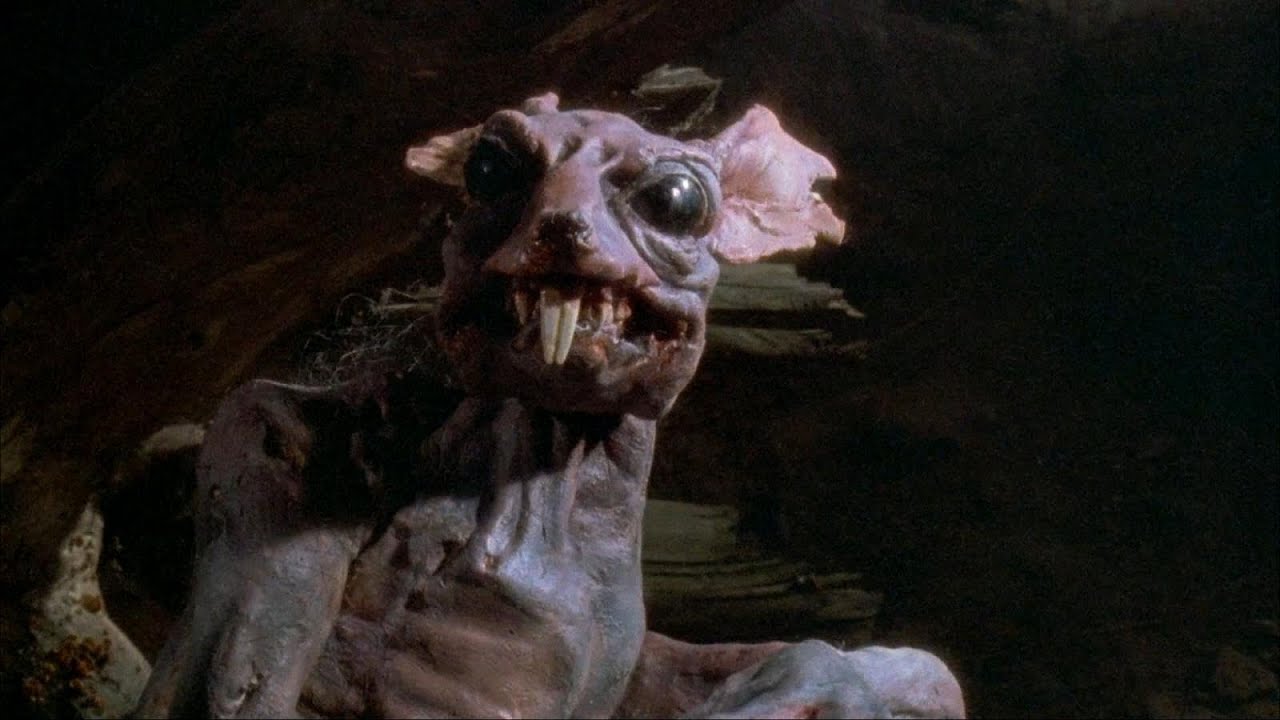
That’s enough of trivia. The first minutes of the film and the title screen leave no illusions – this will be the darkest sense of humor one can imagine, and only with this approach does watching Braindead make sense. For laypeople unaware of the close connotations between horror and comedy, Jackson’s idea may seem difficult to grasp. It won’t make you wander through the endless darkness of your own corridors in search of the toilet with fear at night. There’s nothing to be afraid of here; the script resembles American Pie, in which annoying gastrointestinal and erotic humor has been replaced by joyful cruelties. In other words, instead of characters passing gas, they shed blood. Hectoliters of blood. This is what Mel Brooks films might look like if he teamed up with Herschell Gordon Lewis. The character of the priest/karate master massacring a horde of zombies after shouting, “I will kick your butts in the name of our Lord!” almost gives the impression of being invented by both gentlemen after a storm of very lively brains. On the other hand, attempts to tame a zombie child in the playground are like Mr. Bean in a gore version.
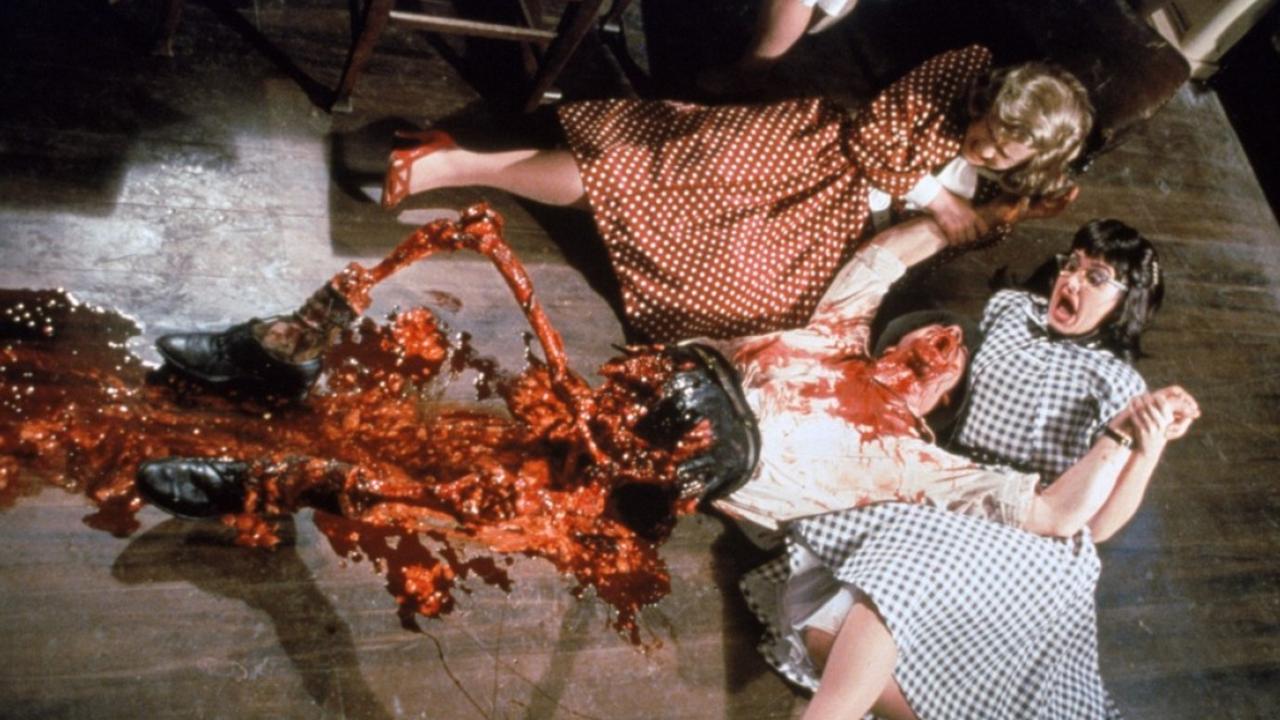
In my journeys through the darkest realms of Z-grade cinema, I’ve come across so many dreadful and revolting films that revisiting Braindead didn’t evoke as intense emotions as it did eighteen years ago. However, I’ve found reactions from the younger generation of viewers online, and segments like dismembering a whole bunch of corpses with a lawnmower still have tremendous power. Well, it couldn’t be any different, considering that to shoot that one scene, they used three hundred liters of fake blood (pumped at a rate of about nineteen liters per second), and the whole film is regarded as the bloodiest in the history of cinema. It’s not just the extensive use of practical special effects that contributes to the uniqueness of Braindead. Equally significant is the plot. A simple, shallow story that beautifully combines a formulaic zombie film with a formulaic romance plucked straight from the 1950s. Just like in music – fusing two worn-out genres can create a sense of freshness.
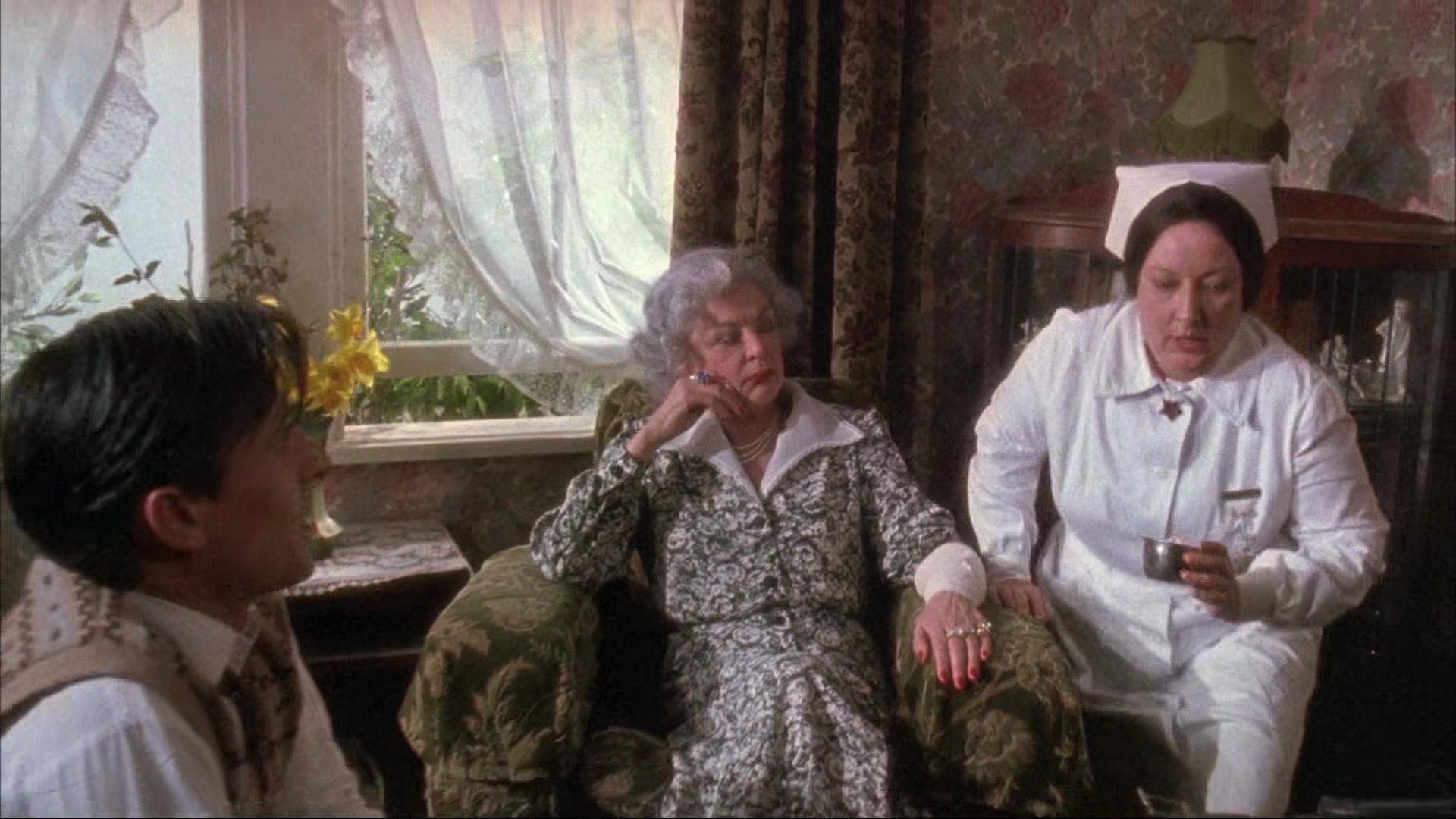
The actors aren’t without reason primarily associated with just this one film. Their performances can best be described as unobtrusive. It’s not quite at a professional level, but it’s also not complete amateurism, as seen in productions by Troma, for example.
New Zealand may not be the most prolific producer of gore films, but it definitely excels in terms of quality (just think of the more recent Deathgasm). The local audience appreciates their unique aesthetic sense, and in 1992, Braindead even outsold Batman Returns in terms of ticket sales. Some countries included vomit bags with the DVD reissues, but VHS owners weren’t so lucky. For those who felt queasy during The Exorcist, such a gimmick would likely have been appreciated. There have been few more grotesque films in the history of cinema, which is why I highly recommend it, deep from the bottom of my stomach.

